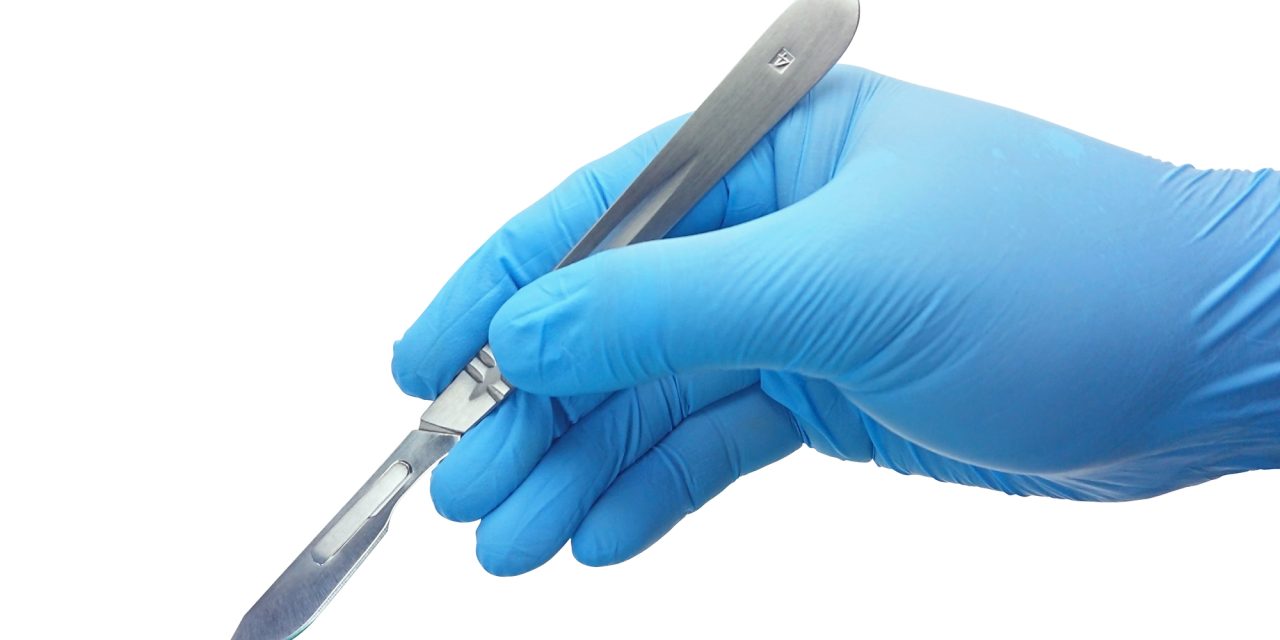AIMS: The aim of this study was to examine the effects of the Valsalva maneuver during peripheral intravenous catheter (PIVC) insertion on procedure-related pain.
This work was a prospective randomized controlled study.
Study was conducted in the orthopedics clinic of a university hospital.
METHODS: The sample of patients (N = 110) was allocated to the Valsalva maneuver group (n = 55) and control group (n = 55) by using blocked randomization to reduce bias and achieve balance according to age and gender. Pain was evaluated by using Numerical Rating Scale. Systolic/diastolic blood pressure and heart rate before and after the PIVC placement was recorded.
The patients in the intervention group had less severe pain during the PIVC insertion than the patients in the control group (p ˂ .001). After PIVC placement, systolic blood pressure was significantly reduced in both groups (p = .008), no other variables changed significantly. No clinical complication related to the Valsalva maneuver occurred in the intervention group.
Valsalva maneuver can be used as a non-pharmacologic method to reduce pain during PIVC placement.
Copyright © 2021 Elsevier Ltd. All rights reserved.
Evaluation of Efficacy of Valsalva Maneuver During Peripheral Intravenous Cannulation on Pain.


